Blog
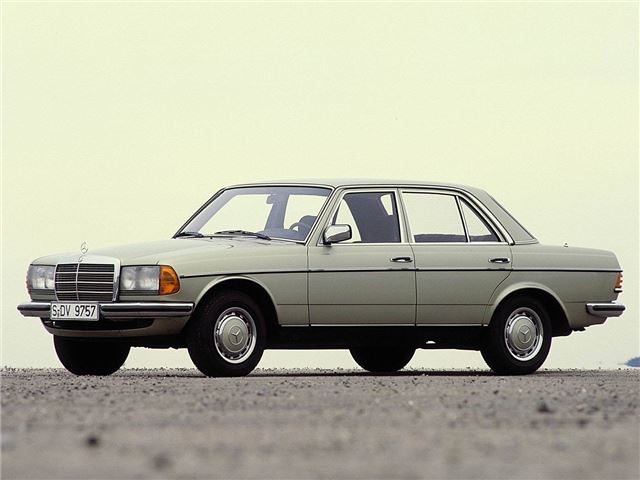
ThrowBack Cars In Nigeria: Mercedes-Benz W123.
The Mercedes W123 is a range of executive cars produced by German manufacturer Mercedes-Benz between 1976 and 1985. The W123 models surpassed their predecessor, the Mercedes-Benz W114 models, as the most successful Mercedes, selling 2.7 million cars before replacement by the Mercedes-Benz W124 after 1985. The additional range of smaller Mercedes-Benz W201 models were introduced in 1982. Quantity built 2,696,915, 4-door: 2,397,514, Coupé: 99,884, Estate: 199,517, Assembly Sindelfingen, Germany. Predecessor W115, Successor W124. Class: Executive car, Body style 4-door saloon, 2-door coupe, 5-door estate (wagon).
Model names are descriptive of engine size, type of engine and chassis type.
C for Coupé
L for Lang (long-wheelbase)
T for Transport and Touring (estate/station wagon)
D for Diesel
E for Einspritzung (fuel injection)
Mercedes-Benz introduced the W123 four-door executive car in January, 1976 to replace the W115.
The overall dimensions and wheelbase were lengthened and styling was updated to a less angular more contemporary look. The new look included round head lights with inboard fog lamps in all models except the 280 and 280E which had large rectangular headlights. Later the European models were all changed to the rectangular headlights. North American models retained the round complement.
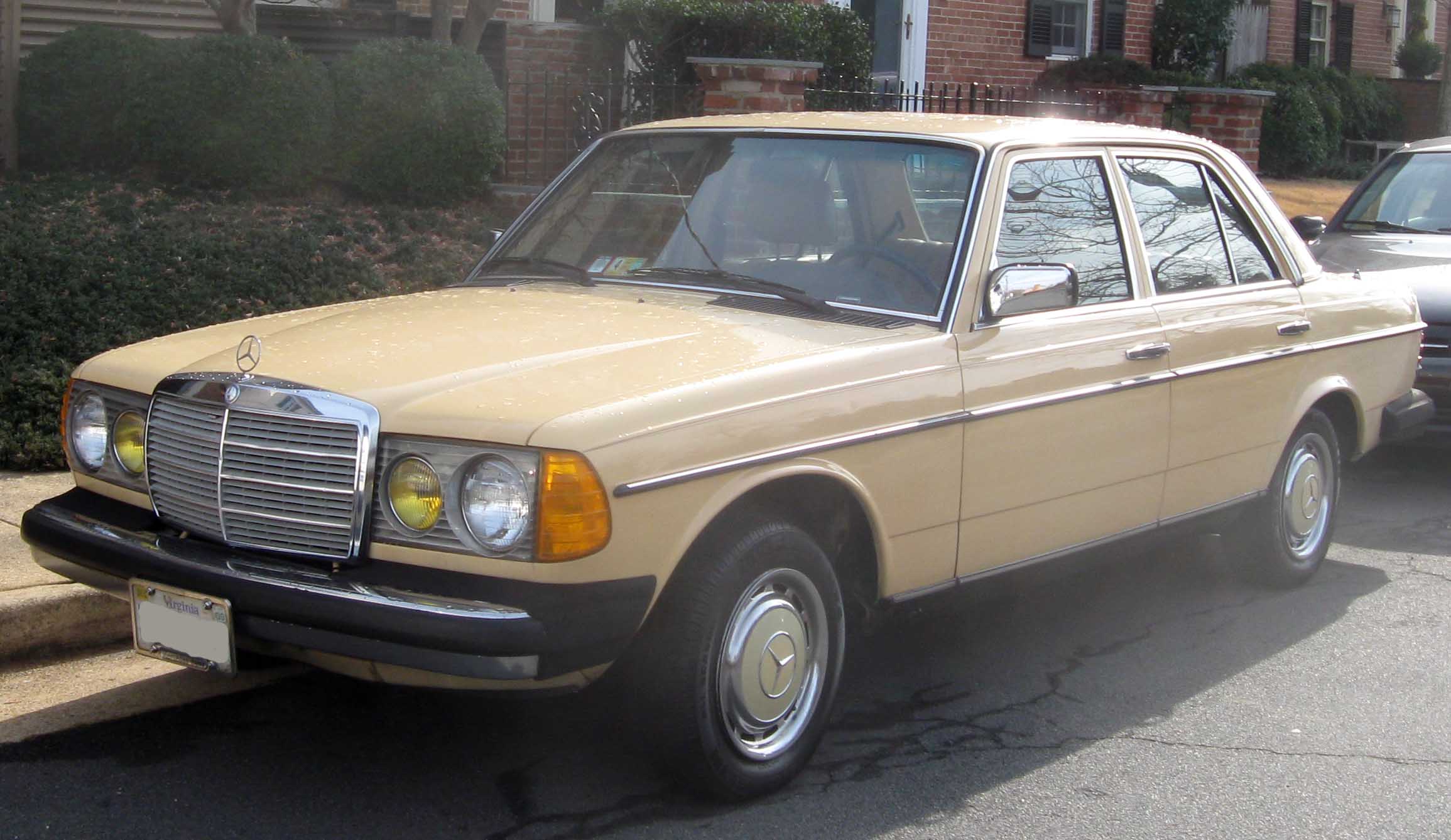
The W115 engines were carried over to the new models, with the 3 liter 5-cylinder diesel model being renamed from "240D 3.0" to "300D" in the European markets to match North American markets ( in the North American markets the 240 designated the 2.4L 4 cylinder version).
The 250 models were given a new 2525 cc inline-six (Type M123, a short-stroke version of the 2.8 liter six Type M110) this replaced the 2496 cc Type M114 six.
In the spring of 1976, a coupe version of the W123 was introduced on a shorter wheelbase than the saloon (2,710 mm (106.7 in) versus 2,795 mm (110.0 in)). This W123C/CE was available as a 230C (later 230CE) and as a 280C/CE in most markets; in North America there was also a 300CD version.
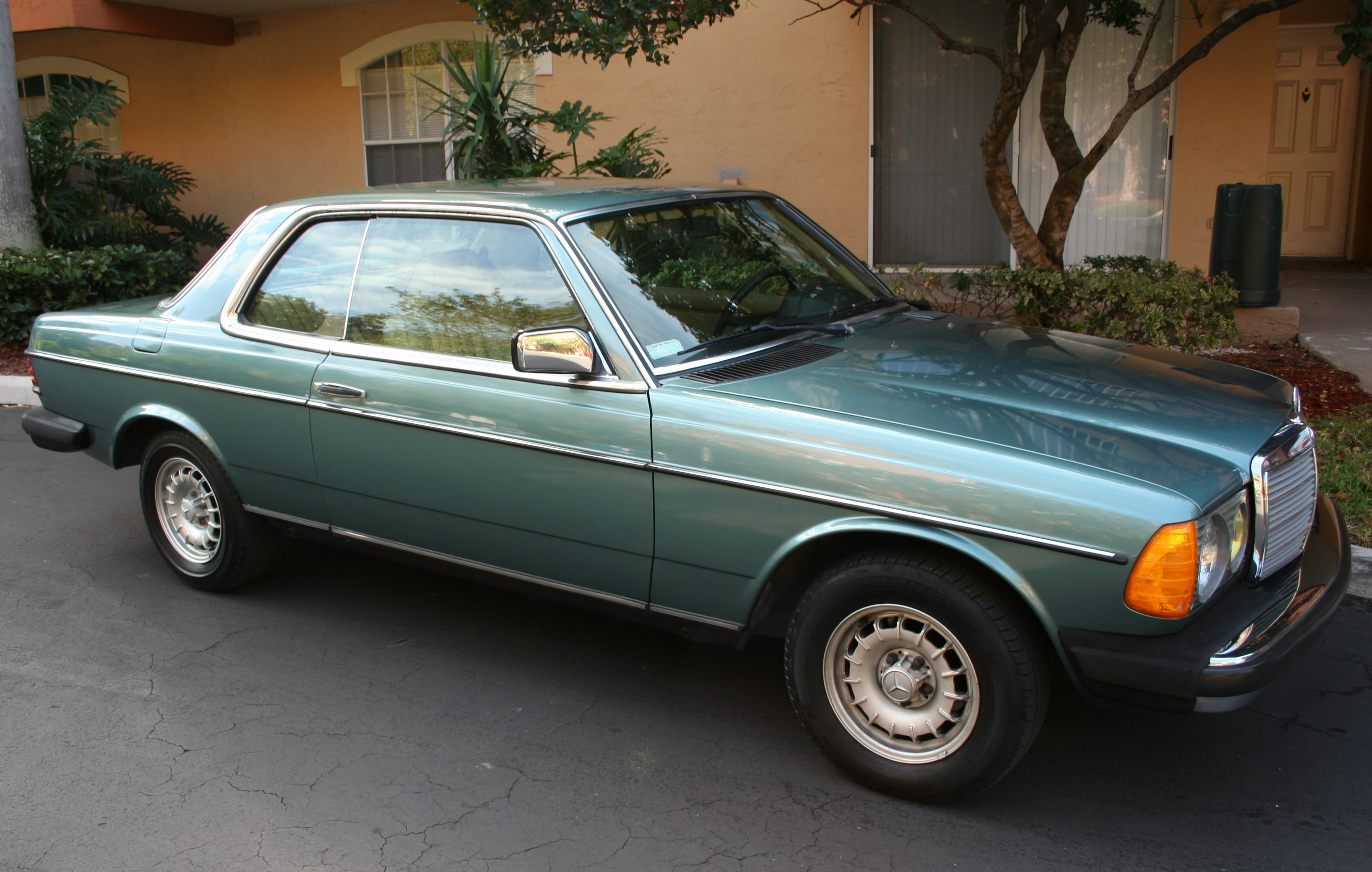
The new models proved to be the most popular series to date. Demand for the W123 was so great, back orders and waiting lists of over a year were common and used cars sold at a premium over the new car list price.
A long wheel base chassis (3,425 mm (134.8 in)) was introduced in August, 1977. The long chassis versions were available as 7/8 seat saloons through the factory and as a bare chassis with front body clip for ambulances, hearse bodies etc. Outside manufactures such as Binz or Miesen produced a variety of models on these long chassis. The long (Lang) versions could be ordered as 240D, 300D and 250 models.
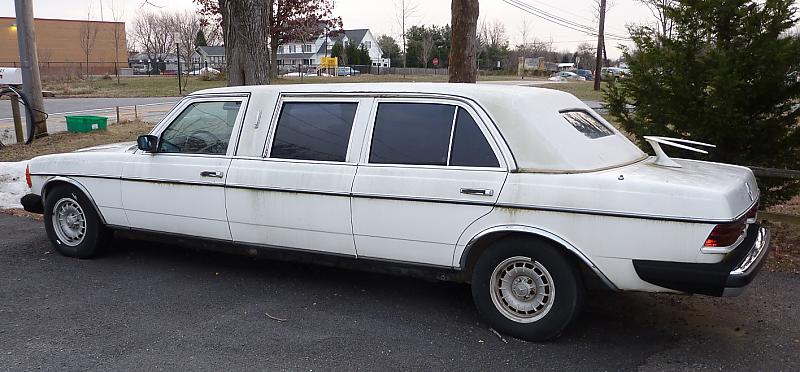
The W123T estate (wagon) was introduced at the Frankfurt Auto Show in September, 1977. Production of the T models (Transport and Touring) began in March, 1978 in the Bremen factory in Germany. In early 1979, the diesel models power output was increased from 55 PS (40 kW; 54 hp) to 60 PS (44 kW; 59 hp) in the 200D, from 65 PS (48 kW; 64 hp) to 72 PS (53 kW; 71 hp) in the 240D and from 80 PS (59 kW; 79 hp) to 88 PS (65 kW; 87 hp) in the 300D.
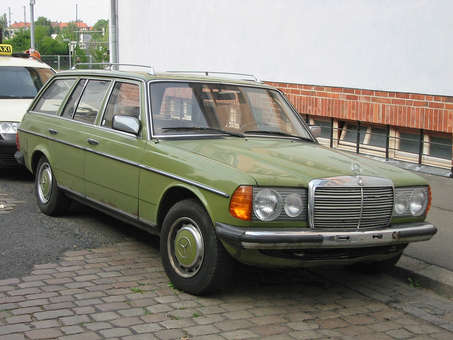
Production of the 220D ended in early 1979.
The turbo charged 5 cylinder engine was introduced in September 1979 in the 300TD Turbo diesel wagon. The turbocharged 5-cylinder 3 liter diesel engine (Type OM617) was offered with automatic transmission only and limited to the 300TD in most markets. The North American markets were given Turbo models in the 4-door and coupe models as well, possibly as a response to the competition from higher powered American cars.
In June of 1980 a new 2 liter 4-cylinder gasoline engine (Type M102) was introduced to replace the M115. A fuel-injected 2.3 liter version was introduced to replace the carbureted engine in the 230E/TE/CE models. In 1980/81 the carbureted 280 was replaced with the fuel-injected 280E.
In September 1982 the rectangular headlights from the 280/280E and power steering were standardized across all European models. In February all European models except the 300TD were offered with an optional 5-speed manual transmission. Production or the W123 ended in January 1986.
W123 introduced many innovations in both safety and styling including ABS brakes (optional from August, 1980), retractable steering columns and airbags for the driver (optional from 1982).
For maintenance of your cars, update on cars, reviews and news. Car Parts Nigeria is here to serve you and all your automobile complaints. Visit www.carpartsnigeria.com or call 09099995678 for your car maintenance, servicing (with close proximity to your location) and other issues pertaining to your automobile. We offer the greatest satisfaction to our customers.
Posted on November 2016,10 // Author: Admin